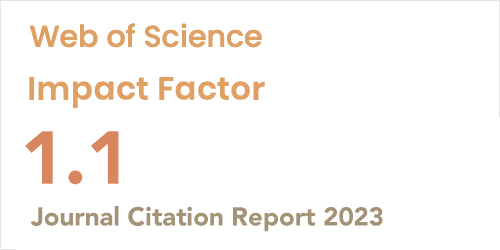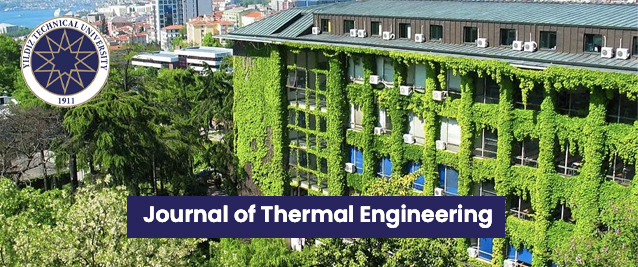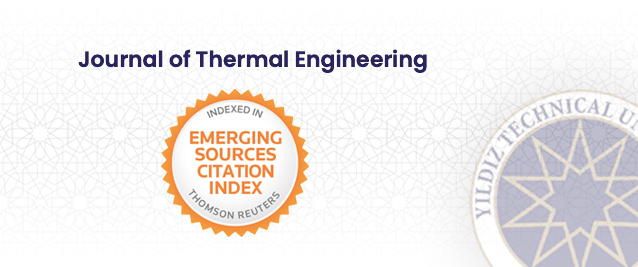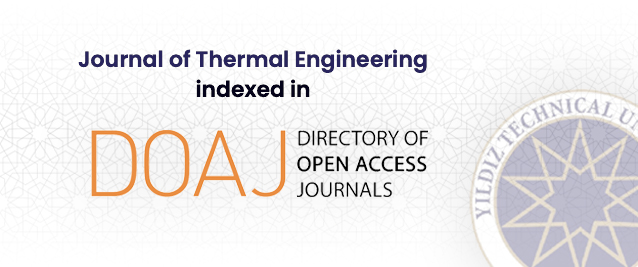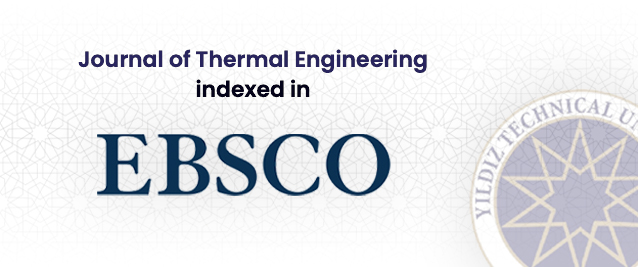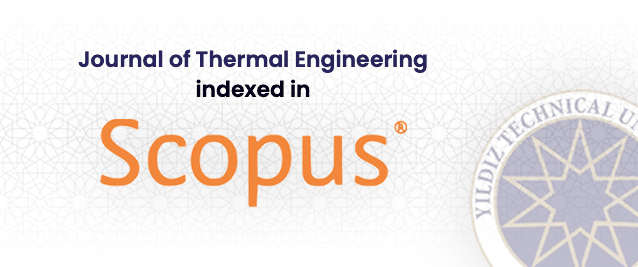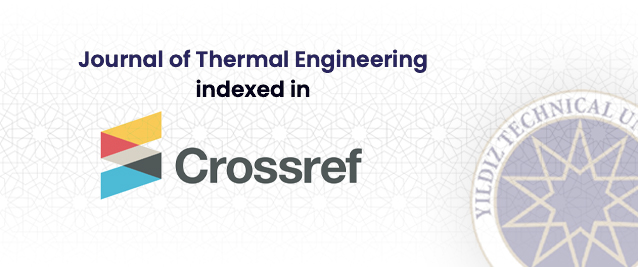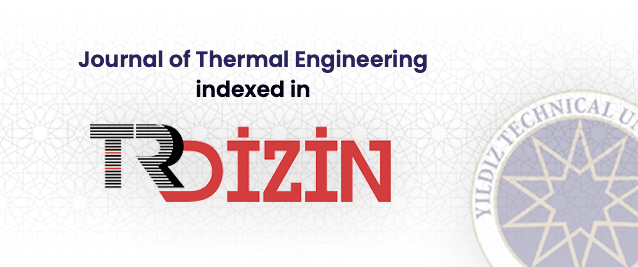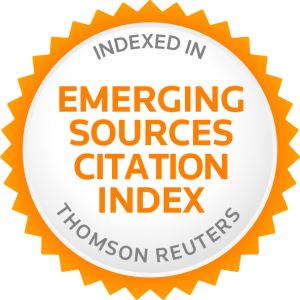2Institute of Thermofluids, School of Mechanical Engineering, University of Leeds, LS2 9JT, United Kingdom
Abstract
The main objective of this study is to develop an accurate simulation methodology for the temperatures in cylindrical lithium-ion batteries (LiBs), while they are being continuously charged and discharged, that can be used to ensure they remain within safe operating limits. A comprehensive 3D simulation methodology for air-cooled cylindrical LiBs is developed and applied to the specific case of an 18650-type NMC LiB. The battery cell chemistry is modelled using a Pseudo 2D electrochemical model, while the temperature within the battery is repre-sented using a 3D axisymmetric heat transfer model. The electrochemical and thermal be-haviours are modelled by coupling the heat source produced from the electrochemical model with the average temperature from the thermal model. This study’s key novelty lies in its de-tailed investigation into how multiple electrode design parameters affect the LiB’s thermal characteristics. To verify the model’s accuracy, the simulation outcomes are compared with experimental data on discharge voltage and surface temperature of LiBs at different discharge rates, and good agreement is obtained. The model is then used to explore the impacts of the electrode thickness, positive electrode particle size, charge-discharge rate (C-rate) and inlet airflow velocity on battery thermal behaviour. The numerical results revealed that increasing the C-rate, electrode thickness, and positive electrode particle size increases the LiBs’ tempera-ture rise rate; however, increasing inlet airflow velocity reduces the temperature rise of the bat-tery cell. At inlet airflow velocity of 0.1 m/s, the maximum temperature roughly increases by 31.7 oC (at 6 C-rate) compared to the 1 C-rate case. At 4 C-rate and inlet airflow velocity of 0.2 m/s, the numerical results predict that increasing the negative electrode thickness from 25 to 70 µm increased the maximum temperature from 31.8 to 48.1 oC, while raising positive elec-trode particle size from 1 to 7 µm increased the maximum temperature from 32.06 oC to 38.74 oC (at time of 2000 s). The research method and conclusions can provide valuable references for further research on the thermal characteristics of the LiB.




